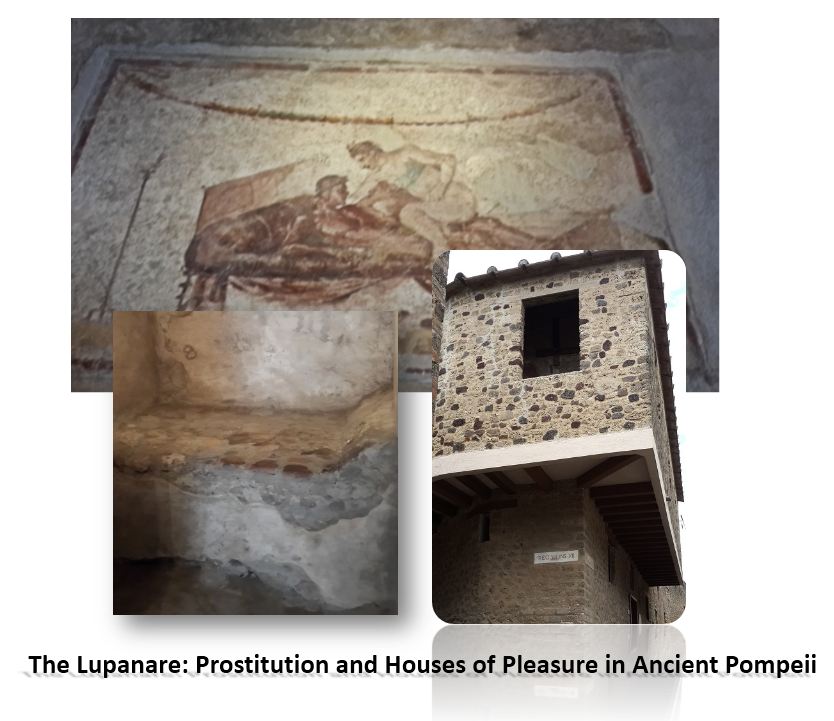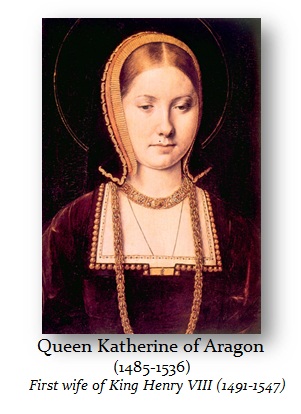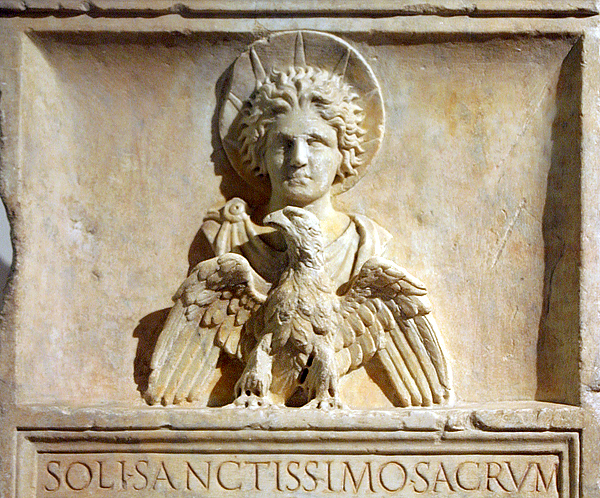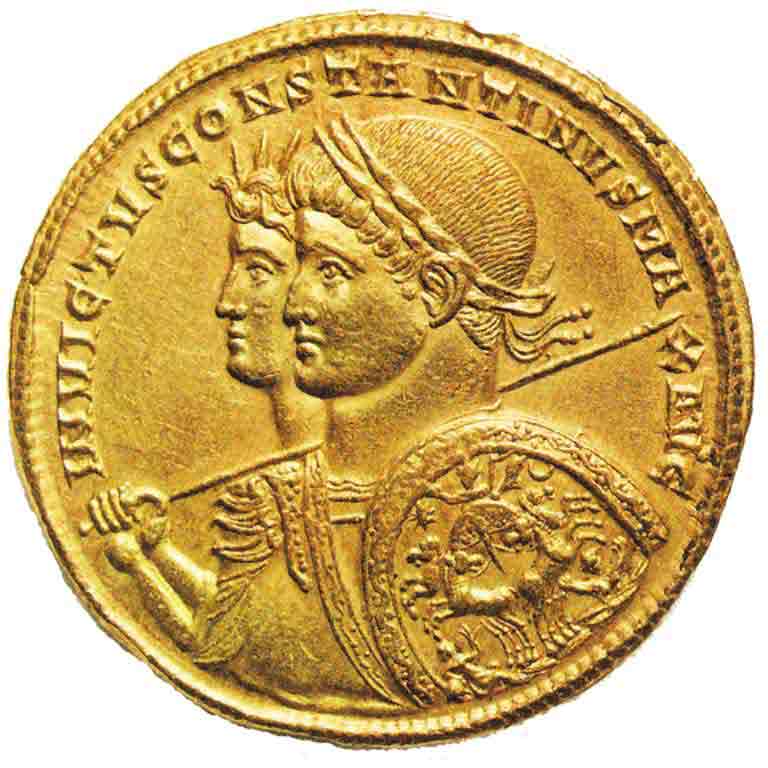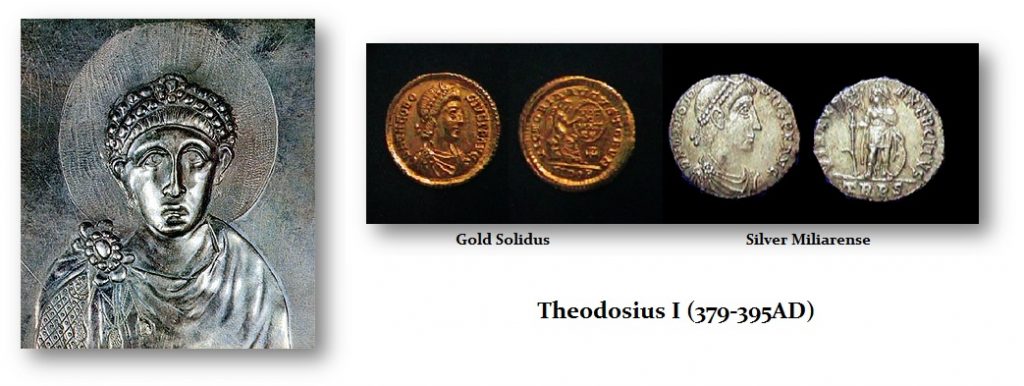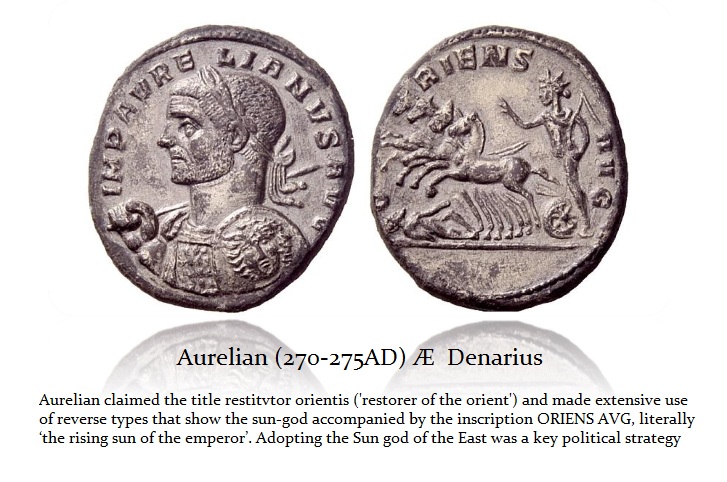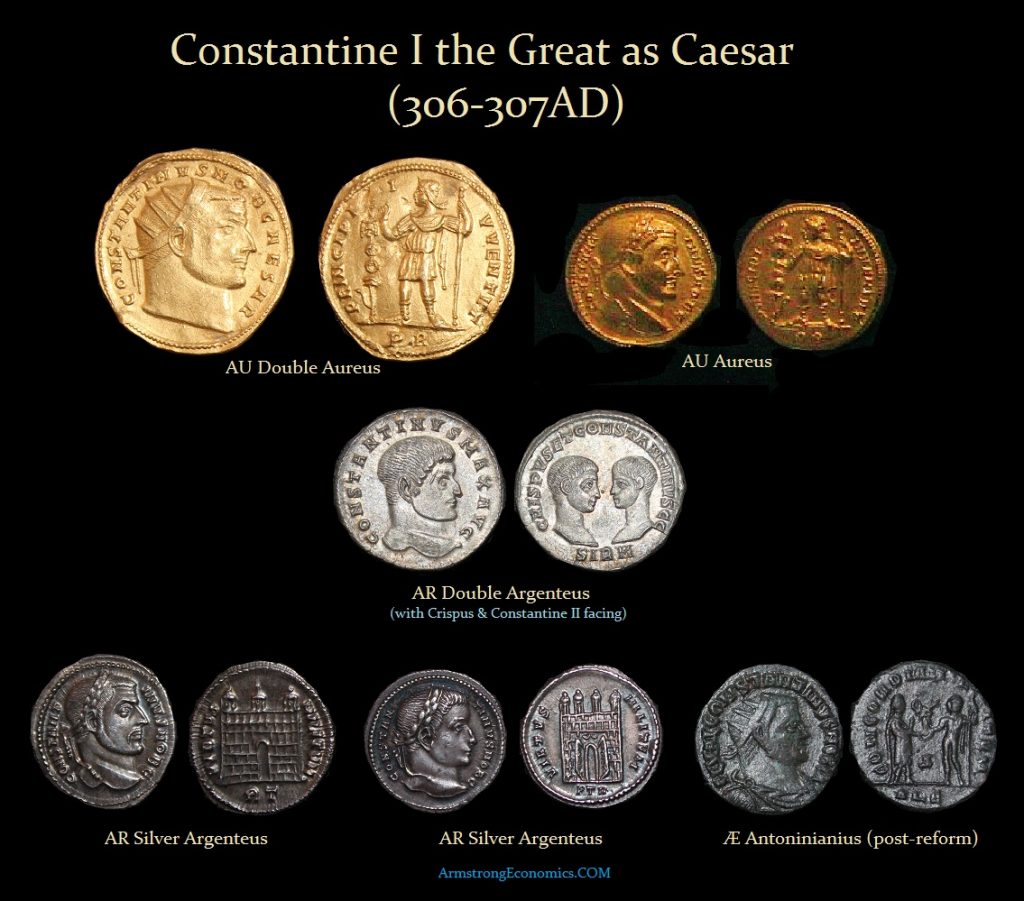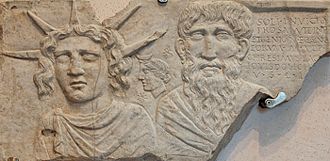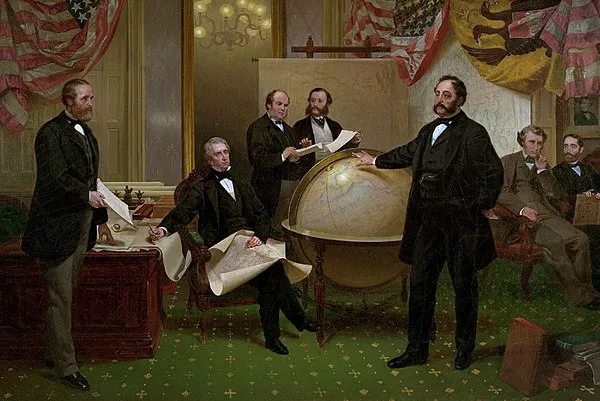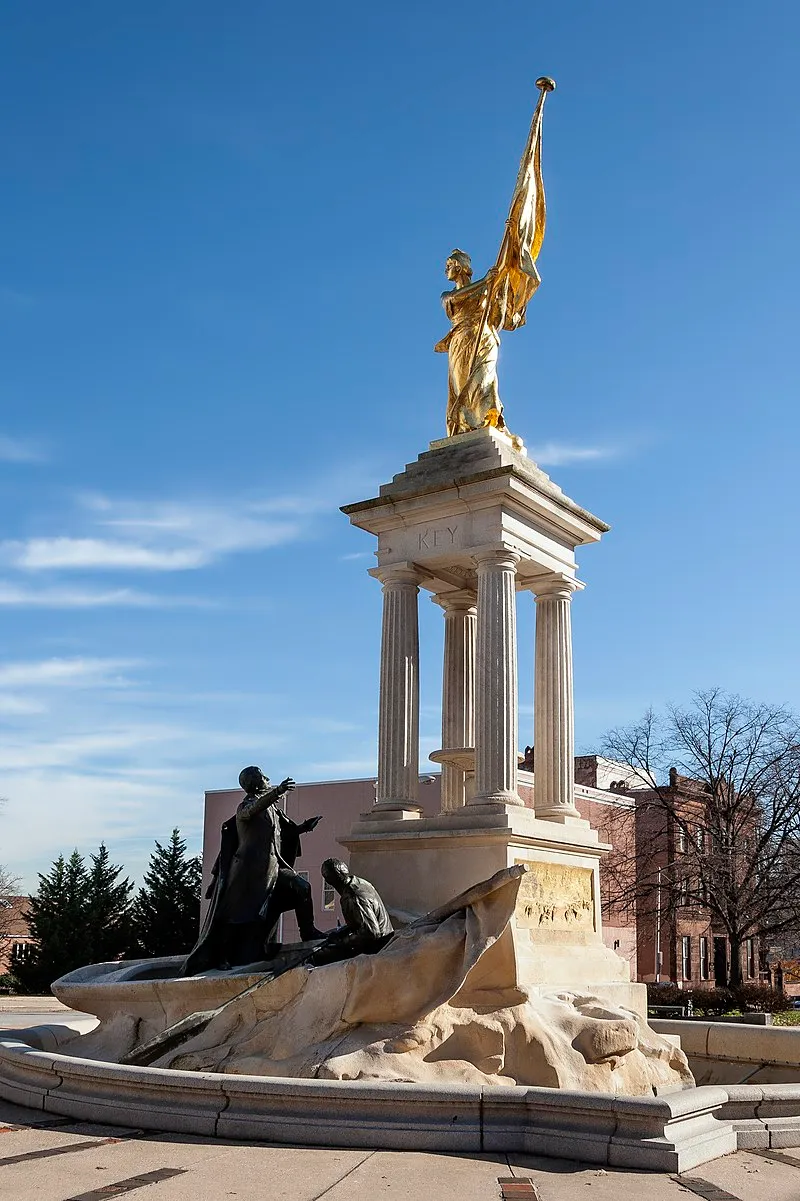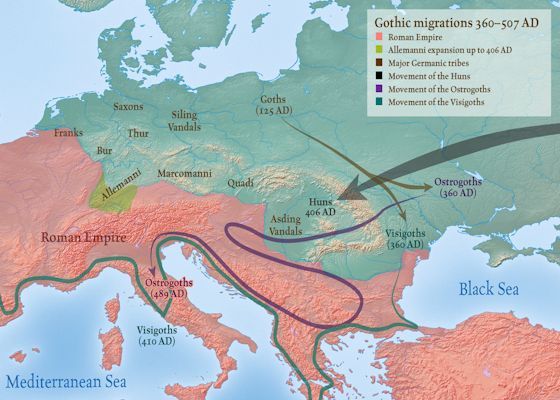COMMENT: Good morning,
I am glad to see that you publicly touched on the idea of expiring credits, that in fact are in play. It is an old idea that has been talked and written about by members of the Club in many of their Private think tanks and in books and other literature going back to the early 1900s, if not earlier. Being sold as a way to bring about inflation, has other benefits, such as control, which would fit nicely with the elimination of private property.
There is no doubt the Club is desirous of this idea and is looking to bring this about soon. Of course, the people will have to use expiring credits, but not the elite. As it is still more of the same, expiring credits for thee, but not for me. The elite will continue to be allowed to have a way to accumulate and preserve wealth.
Now whether this idea will be brought out and be successful, is debatable. The main point is that it is in the works and not a benefit to most.
REPLY: I find it very interesting how history repeats yet these people think they have come up with an original idea. They NEVER do their research to see if it was ever used previously and how did it perform. Like the prostitute tokens of Rome trying to undermine the trade. Today, aside from trying to move to digital currency to terminate the underground economy, we still have politicians constantly trying to regulate vice one way or another without success. New York is legalizing prostitution so the girls do not go to jail but their patrons do. There were well-established houses of prostitution in Rome known as Lupanare. There too, we saw attitudes swing back and forth. The interesting aspect is that as Christianity became the state religion post 300AD, the prostitution moved to bath-houses.
So when Rome fell, so did bathing because to say you went to take a bath was one and the same to engage in prostitution. This gradually changed from prostitution to disease whereby engaging in bathing was seen as a questionable deed. A 16th-century book titled This is the Myrour or Glasse of Helth, advised: “Use not baths or stews, nor sweat too much, for all openeth the pores of a man’s body and maketh the venomous air to enter and for to infect the blood.”
It was actually Henry VIII’s marriage to Katherine of Aragon (1485-1536) that imported a cultural change. The sixteen-year-old Katherine was shocked when men would relieve their bladders in public places (Emerson 1996). The favorite spot for a urinal was the huge fireplaces of the times. This behavior she insisted had to end. In 1573, Thomas Tusser wrote in his ‘Five hundreth Goode Pointes of Husbandrie:
Some make the chimnie chamber pot to smell like Filthie stink,
Yet who so bold, so soone to say, fough, how These houses stink? (Hibbert 1987, p. 201).
Katherine of Aragon’s marriage turned the Tudor court upside down. The ‘pissing areas’ were phased out by constructing more garderobes in the chambers of the palaces. She insisted on a new stricter guideline for the behavior of those at court and moved the Tudors toward higher standards of cleanliness. Like her father, Elizabeth I (1533-1603) maintained high standards and was said to have been offended by smell and uncleanliness. She was known to have regular baths and she had a portable bath she would travel with. The prevailing attitude that full bathing was unhealthy and could lead to death, was a curious transition from the uncleanly prostitution that took place in Roman bathhouses. Elizabeth shocked everyone when she insisted on bathing during her life and death battle with smallpox in 1562. The doctors swore she would die.
So I find it interesting that ideas seem to simply repeat throughout history just as futures contracts began in Babylon or insurance reappeared in London by people meeting in a coffee house of Llyod’s – ie Starbucks. But the interesting connection between prostitution and bathing and how that migrated to being just unhealthy to take a bath shows how something begins based upon one idea, the tradition is maintained, but the idea to justify it morphs over time.
Christmas is the same thing. December 25th was the feast of the sun god Sol. From the time of the Roman Emperor Elagabalus (218-222AD), there was a movement toward the sun god who was called Sol Invictus insofar as he rose every day and thus was invincible. It was sort of a movement toward this idea of a superior god.
Here is a gold medallion of Constantine (307-337AD) with Sol. Until the Council of Nicaea in 325AD, Christians were persecuted, churches set ablaze and their wealth confiscated. The persecution of Christians peaked under the rule of Emperor Diocletian (ca. 245 – 316) which was one Pi cycle 31.4 years from Elagabalus. Diocletian wanted to revive old pagan cults and make them into a kind of state religion. The decline was Rome was being blamed on the Christians for refusing to worship the Roman gods. But Diocletian’s anti-Christian policies failed and were revoked under ultimately his successor, Emperor Constantine I.
However, Christianity did not really become the religion of the entire Roman Empire until officially February 27, 380AD. The decree of the Eastern Roman Emperor Theodosius I (379-395AD) had far-reaching consequences. It bound the Judeo-Christian roots of the European continent to Greco-Roman culture. About 200AD, a Christian teacher Clement of Alexandria (c. 150 – c. 215AD) in Egypt made reference to the date Jesus was born. According to Clement, several different days had been proposed by various Christian groups. Nevertheless, Clement never mentioned December 25th at all.
Nobody knew the day Christ was born, so with most holidays, they rapidly lose their meaning. Christmas, being December 25th, was transformed from the feast of Sol to that of Jesus. In 274AD, the Roman emperor Aurelian (270-275AD) established a feast of the birth of Sol Invictus (the Unconquered Sun), on December 25th. He was trying to reestablish the confidence in the Roman Empire after the currency collapsed following the capture of the Roman Emperor Valerian I (253-260AD) in 260AD by the Persians. Creating Sol Invictus as an official holiday was in part to reassure the people that Sol would protect the Romans.
It was not that if Christmas looked like a pagan holiday, more pagans would be open to both the holiday and the God whose birth it celebrated. That does not seem plausible. We have Veteran’s Day and Labor Day but they are just party days for most people. They lose their original meaning as time passes.
Clearly, there was great uncertainty, but also a considerable amount of interest, in dating Jesus’ birth in the late 2nd century. By the 4th century, however, we find references to January 6 in the East (especially in Egypt and Asia Minor). The modern Armenian church continues to celebrate Christmas on January 6th. For European Christians, however, December 25th seems to have emerged more as a transformation of Sol Invictus to Christmas by the time of the rise of Christianity and Constantine I the Great. This appears to be once again one Pi cycle of 31.4 years from 274AD taking us to 305AD. By the time we have The Battle of the Milvian Bridge which took place between the Roman Emperors Constantine I and Maxentius on October 28th, 312AD the armies were predominantly Christain.
Therefore, the 12 days of Christmas were the difference between the West being December 25th and the East being January 6th. The earliest mention of December 25 as Jesus’ birthday comes from a mid-4th-century Roman almanac that lists the death dates of various Christian bishops and martyrs. The first date listed, December 25, is marked: natus Christus in Betleem Judeae: “Christ was born in Bethlehem of Judea.” Therefore, around 400AD Augustine of Hippo mentions a local dissident Christian group, the Donatists, who apparently kept Christmas festivals on December 25. That appears to simply be the date of Sol which was morphed into Christmas being that Sol Invictus was also seen as a supreme god.
As far as exchanging gifts or small figurines known as sigillaria, that took place on the Holiday of Saturnalia which was the feast of Saturn celebrated on December 17th. The two holidays became merged on December 25th with the commercial aspect of gift-giving.
The image of Sol became the Statue of Liberty with the rays of sunlight emerging from his head.


